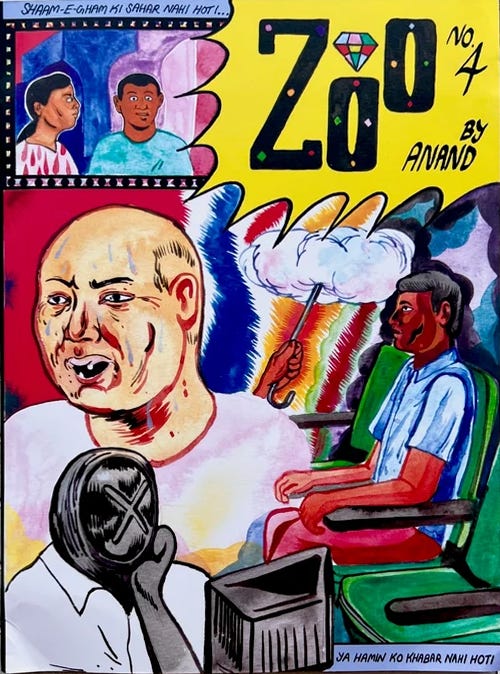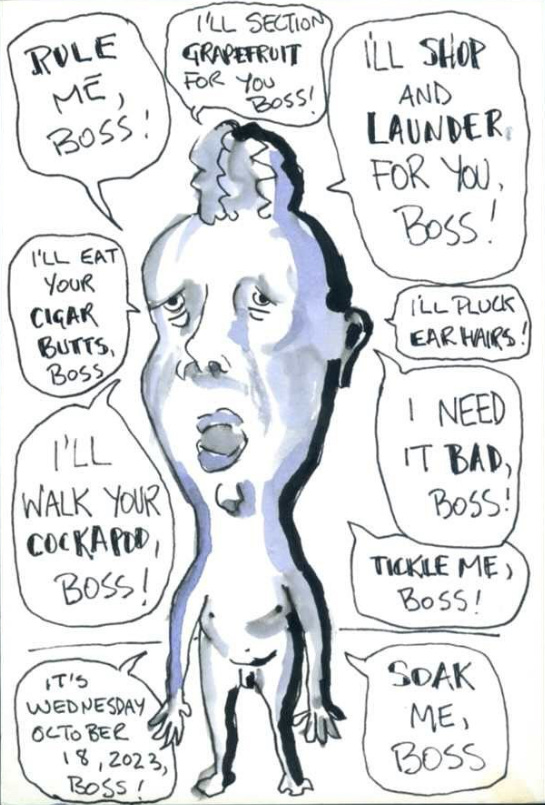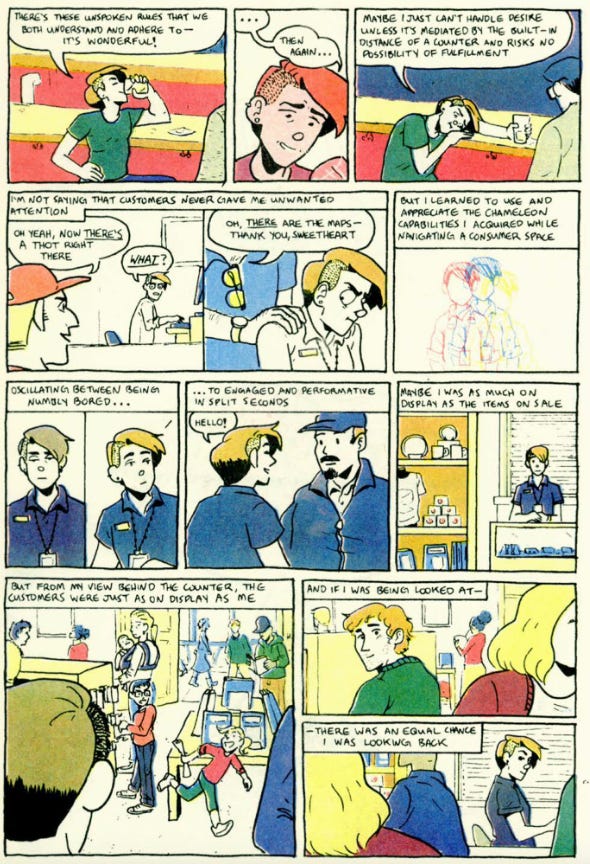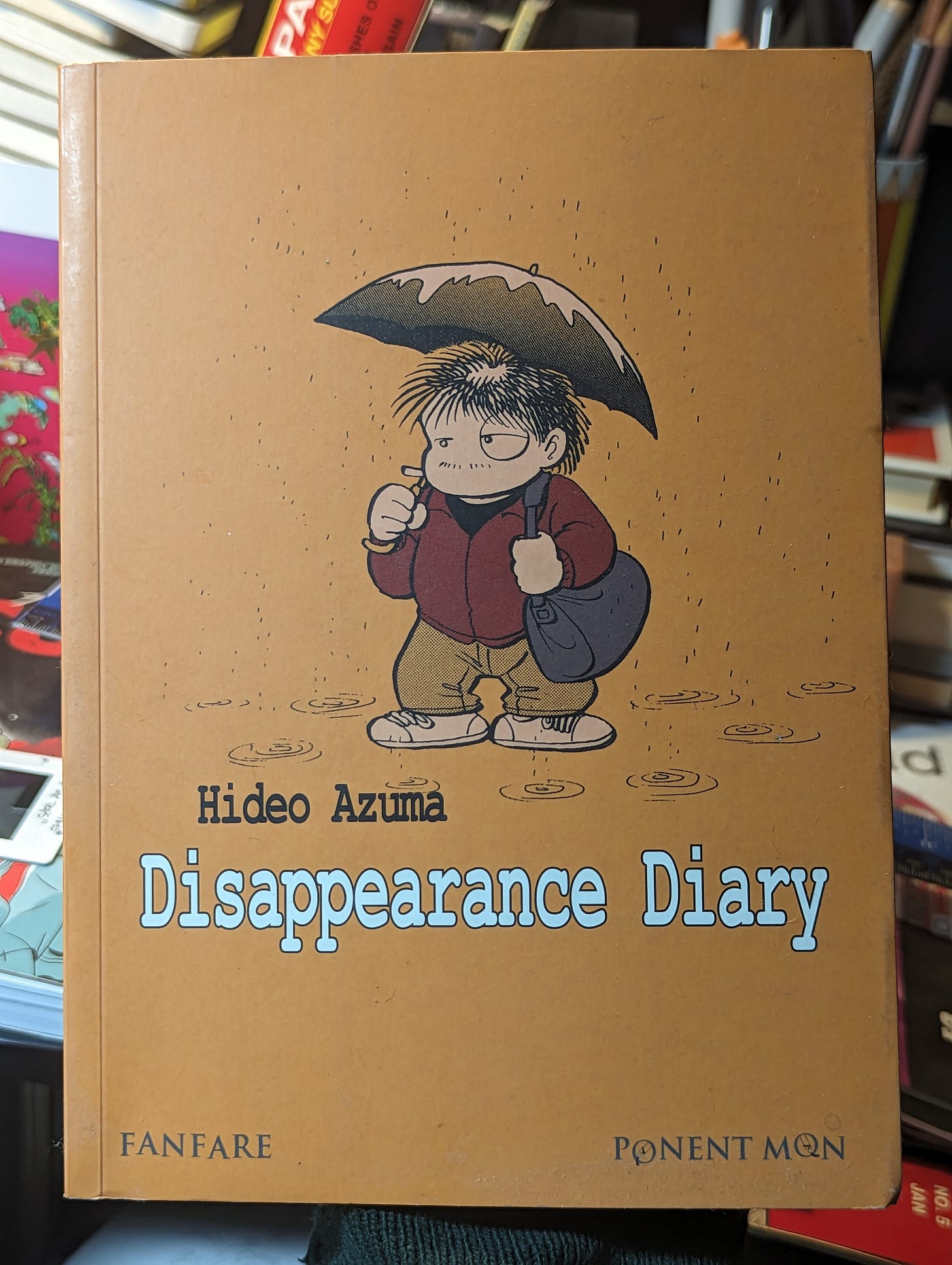JAM/Index Collective Interviews
This year we're supporting comics artists with the creation of Jam/Index, an artists' collective exploring, making, and exploding autobiographical comics and art.
WELCOME!
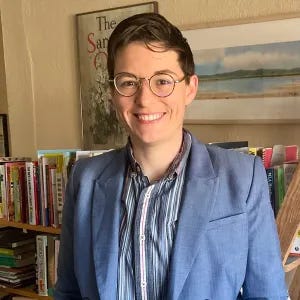
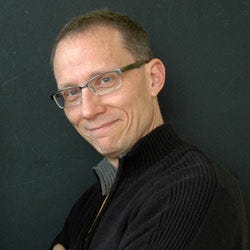
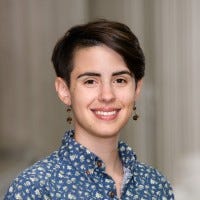
To Max Barnewitz, John Borstel & Athena Naylor, the three artists comprising Jam/Index, a 2025 Initiative by Dwightmess to support autobiographical comics & storytelling!
MAX BARNEWITZ
Max is a comics educator exploring queerness, transition in sequential art, often populating their storytelling with animals. They hold an MFA in Comics from California College of the Arts and an MA in Comparative Literary & Cultural Studies from the University of Utah. Max has taught many comics and zines workshops, and Digital Illustration at the University of Utah. Max currently teaches at the University of Maryland in the University Honors program as a Collegiate Fellow.
JOHN BORSTEL
John has described himself as an artist working at the crossroads of photography, performance, and text. For 20 years, John worked in programming and development for Dance Exchange, a nationally-touring contemporary dance company founded by MacArthur “Genius Grant” recipient Liz Lerman. In his own artwork, John practices "self-imaging," positing himself as both a medium and subject in various media. In John's words: "Some of my work synthesizes image and text. At the start, my biggest influence came from contemporary dance artists who combine spoken text with movement. In putting words and pictures together, I'm trying to do more than caption or explain. I hope to achieve a fusion of elements in which the specificity of language and the allusive quality of image each derives greater meaning by virtue of being placed together." See more by John Borstel»
ATHENA NAYLOR
Athena grew up in Milwaukee, Wisconsin and now lives and works in Washington, D.C. She specializes in autobiographical comics and illustration. Her work has been featured in Nat. Brut and The Washington Post, and in 2021 she received an Honorable Mention for the Chicago Alternative Comics Expo (CAKE) Cupcake Award.
See more by Athena Naylor»
INTERVIEWS: JAM/INDEX Collective
Follow interviews with these artists each week!
”Zoo,” a comic pick by Max Barnewitz
DWIGHTMESS: We hate the question, "What's your favorite comic?" So! How did a comic you've read recently affect you so much that you'd recommend it to others? (this can be a graphic novel, a webcomic, a one- panel, a character, anything of your choosing)
MAX BARNEWITZ: I recently read a few things that I absolutely loved. Taiyo Matsumoto's The Cats of the Louvre and Tokyo These Days come immediately to mind. The artwork is beautiful and the storytelling is tempered and full of interesting magic realist moments where art and animals and people start to do unexpected things. I also am a great admirer of Miné Okubo's Citizen 13660, about her life in the Topaz and Tanforan internment camps during WWII. That book shows how impactful first-person graphic narrative and observation can be. I also recently read a collection of comics called Zoo by Anand, an artist based in Delhi. That collection (published by Bubbles Zine) made me fall in love with comics all over - it's such a wild collection of sensitive, funny, thought provoking, surrealist comics that really takes full advantage of what the medium can do!
Selection from “Daily Self-Portrait Project” by John Borstel
DWIGHTMESS: It's very fascinating how the "Daily Self Portrait Project" is structured and how that reaches an audience. Can you describe your process?
JOHN BORSTEL: Ha, yes! I love this process and feel like it’s one of the great discoveries of my life. Everyday I draw a self-depiction of some kind on 4x6 plain index card. This can happen early or late in the day, and can take me 90 minutes or 15 seconds. I don’t have to be inspired, I don’t have to feel like doing it, and I don’t have to like what I draw. The only rule is that I have to do it. As soon as it’s done I put it in the Box. The Box is a small cardboard shipping container with a footprint slightly larger than the cards. It’s taped shut and only accessible though a thin slot cut in the side. I drop the new drawing face down through the slot, so immediately it goes out of sight, and pretty soon goes out of mind, just resting in the closed box, accumulating with all the other daily drawings over the course of a year.
My annual cycle goes from August 1 to July 31. On the first of August each year, I open the Box. I’ll have a stack of 365 drawing, so it’s several inches thick. Next – and I consider this part really important – I take that stack and without peeking wrap it up in pretty paper with a ribbon, like a beautiful present. It’s the Gift I Give Myself, and I keep in a prominent place in my environment where I can admire it and anticipate the day I’ll open it. That day comes on September 1, which is my birthday, when, with ritual deliberation, I open the package. I look at the cards one by one and spread them out on my basement floor, which is the only open space in our house big enough to accommodate a year’s worth of cards.
This ritual of opening is always an experience of surprise, self-revelation, and review, as I see an entire year of my life reflected back to me in a kind of condensed flash of images. I also feel like it’s a way of recalibrating the inevitable self-judgment that artists live with, of gaining a kind of remove from your work where you can have a clearer perspective. “Liking and not liking can make us blind to what’s there,” says Lynda Barry, and I think this process frees you from some of the attachment that makes it hard to see your own work.
As to audience, the primary audience for the work I make in this process is me, consistent with its function as a kind of journaling. But if I’m into what I’m drawing on a particular day, I will give thought to how something reads and how another person might comprehend it. And after I’ve opened a year’s collection I will start posting them, one a day, on Instagram, where I have a modest following and get the occasional comment that gives me a sense of how the images land on other psyches.
Excerpt from “The Checkout Counter” by ATHENA NAYLOR
DWIGHTMESS: I've always enjoyed your comics for being uncomplicated in their queerness. Meaning, the point-of-view in your stories is definitely you, but it's also your experience of contemporary gay culture and there's also this very distinct connection that you have with others around you that leads to your comics' story subject matter; you pivot between the theoretical and the topical in a way that feels very natural. What is it you feel you're saying about all of these interactions that you're documenting as an autobio cartoonist?
Athena Naylor: Oh wow, thank you! To be honest, I was a little surprised by this question, because my first thought would not be to label my comics as “queer comics,” despite myself identifying as bi and somewhere on the asexual spectrum. I guess I shouldn’t be so surprised; even when I’m not trying to forefront queer themes, they are integral to talking about my day to day life so of course they leak through. To not have those themes in my autobio comics would be inauthentic to my own experience.
I was only somewhat intentional with injecting queerness into my work with my comic “the Checkout Counter.” I remember depicting flirtations with both men and women and being weirdly nervous about it. While I knew I was attracted to multiple genders, I hadn’t been too open about it with others at that point, so I felt that the comic was like… a soft launch of my sexuality to people who might not have known or realized? Which is laughable in retrospect, because I think everyone had been assuming for a long time I was queer anyway. But it was important for me to have that be a low key and natural part of the comic. I didn’t want there to be a discussion about it– it wasn’t the point of the narrative, it was just an unsaid reality of it.
Which is to say, in my work I want queerness to be quotidian. It should be in life, really, but we’re in a political period where it increasingly seems impossible to just be queer and exist without threat or judgment. So when I engage with LGBTQIA culture in my work, I do want it to be very conversational and casual, because that’s how I engage with it in my own life. My queer friendships have been integral to learning more about my own identity.
Personally, I think queerness is a continuing conversation, not a huge and definitive coming out (again, speaking for myself). Documenting interactions I have that speak to queerness feels like the best way to illustrate my relationship to queerness, because I know that relationship and understanding is bound to change over time. For example, I made a daily comic where I talk about asexuality and aromanticism with a friend because that’s been a topic of conversation for us that represents important personal revelations we’re still working through. I think that’s exciting, to be learning new things about yourself and expanding your personal vocabulary. I wish I had seen more people talking about those kinds of less talked about identities when I was growing up so I wouldn’t have felt like such an outlier among my peers.
In the end I think the counterintuitive reality is that the most uncomplicated way to depict queerness is to embrace its complexity/fluidity.
Dwightmess Recent Reading: “The Customer is Always Wrong,” 2017, Mimi Pond
Dwightmess Manga Collection: “Disappearance Diary” by Hideo Azuma
**If you’d like to find out what’s coming up at Dwightmess, visit our IG for the latest news»
**The Graffo Broadsheet is a reader-supported publication. To receive new posts and support Dwightmess Cartooning & Comic Arts Compound, consider becoming a free or paid subscriber.


